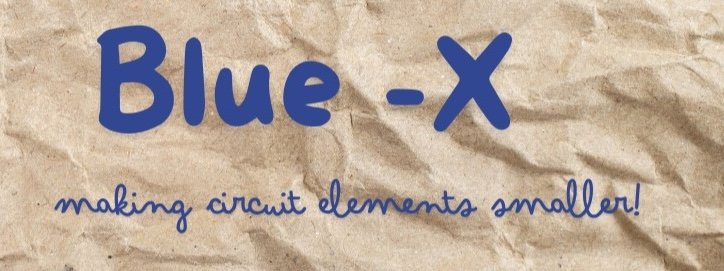As the semiconductor industry continues to innovate, there are two critical means of enhancing performance, productivity, and overall chip yield: power and polarization.
xLight's EUV Free Electron Lasers (FELs) directly addresses both. Our EUV FEL light source produces 4X more power than LPP. By delivering up to 4X higher EUV power, fabs can optimize patterning improvements, productivity, and yield, unlocking billions in additional annual revenue per scanner and ~50% per wafer cost reduction.
Additionally, a single xLight system can support up to 20 ASML systems with a 30-year operating lifetime, reducing capital and operating expenditures by more than 3X.





